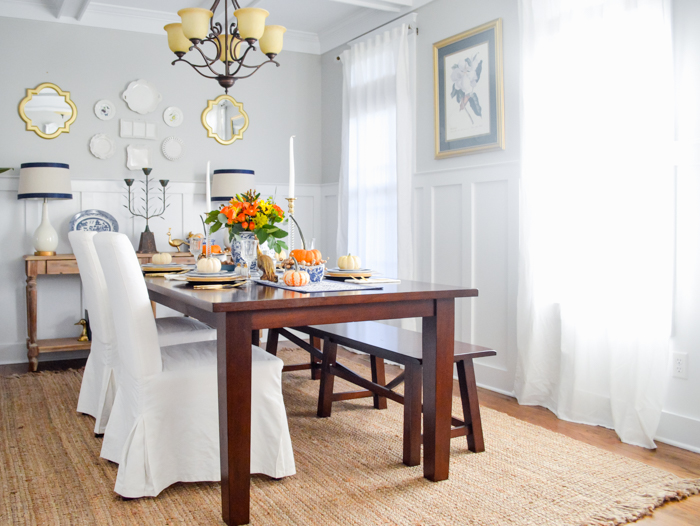Studying in the living room may not be the first choice for many students, but with the right set up and mindset, it can actually be a great place to hit the books. In this guide, we will explore the top 10 ways to make the most out of your study sessions in the living room. From creating a study space to dealing with distractions, we've got you covered. So, let's dive in! Study in the Living Room: The Ultimate Guide
Before we get into the nitty-gritty of study techniques and furniture choices, let's talk about the benefits of studying in the living room. First and foremost, the living room is often the most comfortable and inviting room in the house. This can help you relax and feel more at ease while studying, leading to increased productivity. Additionally, studying in the living room can give you a change of scenery from your usual study spots, which can help stimulate your brain and prevent boredom. Benefits of Studying in the Living Room
Now that we've established the benefits of studying in the living room, let's discuss some tips to make the most out of your study sessions. First, make sure to choose a quiet time of day to study in the living room, as it is typically a high-traffic area in most homes. This will help minimize distractions and allow you to focus on your work. Additionally, try to pick a comfortable and well-lit spot to set up your study space. This will help you stay alert and focused. Tips for Studying in the Living Room
Having a designated study space in the living room can help you stay organized and focused. Start by choosing a spot that is away from high-traffic areas and has good lighting. Next, invest in a comfortable chair and desk, if possible. This will help you maintain good posture and prevent any back or neck pain. Lastly, make sure to have all your study materials and supplies within arm's reach to avoid any unnecessary distractions or interruptions. Creating a Study Space in the Living Room
Studying in the living room can come with its own set of distractions, such as the TV, other family members, or pets. To combat these distractions, try using noise-canceling headphones or playing soothing background music. Additionally, communicate with your family or roommates about your study schedule and ask for their cooperation in minimizing noise and interruptions. It's also important to take breaks and give yourself some time to relax and recharge. How to Stay Focused While Studying in the Living Room
If you're looking to upgrade your living room for studying purposes, there are a few key pieces of furniture that can make a big difference. A comfortable yet supportive chair is a must-have for long study sessions. A desk or table with ample space for your computer, books, and other study materials is also essential. If you have the space, a bookshelf or storage unit can help keep your study space organized and clutter-free. Study-Friendly Furniture for the Living Room
The living room and bedroom are often the top choices for studying at home. So, which one is better? The answer is, it depends on your personal preferences and study habits. The living room can offer a change of scenery and a more comfortable setting, while the bedroom may provide a quieter and more private space. Experiment with both options and see which one works best for you. Study in the Living Room vs. Bedroom
Living with roommates can add an extra layer of challenge to studying in the living room. However, with open communication and a few ground rules, it can be a successful experience. Make sure to have a designated study space for each roommate and establish quiet hours when everyone is expected to keep noise to a minimum. If conflicts arise, address them calmly and find a compromise that works for everyone. Study in the Living Room with Roommates
Studying in the living room with kids can be tricky, but it's not impossible. If you have young children, try to schedule your study sessions during nap time or when your partner or another family member can watch them. For older children, explain to them the importance of your study time and involve them in activities nearby. You could also set up a small study space for them in the living room so they can work on their own tasks while you study. Study in the Living Room with Kids
Distractions are inevitable when studying in the living room, but there are ways to minimize their impact. First, try to eliminate any potential distractions, such as turning off the TV or putting your phone on silent. If you find yourself getting distracted easily, try using the Pomodoro technique, where you work for 25 minutes and then take a 5-minute break. This can help you stay focused and motivated. Study in the Living Room with Distractions
The Benefits of Choosing to Study in the Living Room
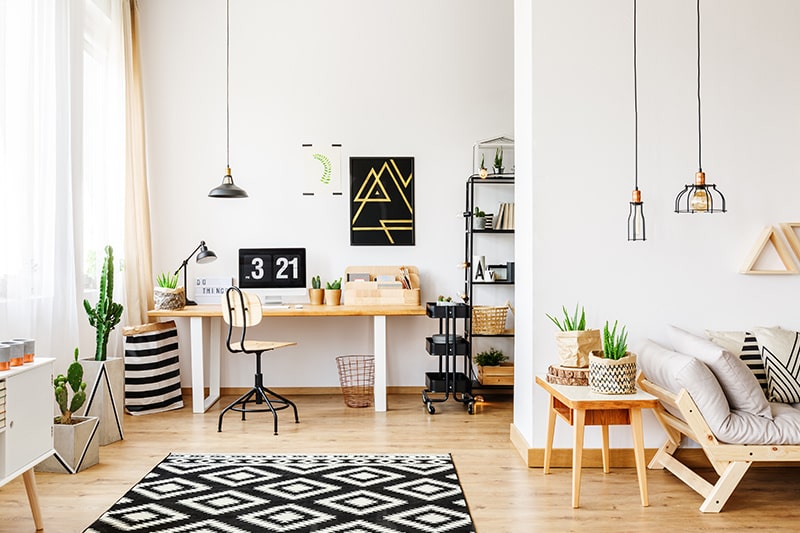
Creating a Functional and Productive Study Space
 When it comes to studying, having a designated space that is conducive to learning and productivity is essential. While many students may default to studying in their bedrooms, the living room can actually be a better option. The main keyword of "study in the living room" offers numerous benefits that can help students achieve academic success. One of the main advantages of studying in the living room is the ability to create a functional and productive study space.
Functionality
is key when it comes to designing a study space. The living room offers a larger and more open area compared to a bedroom, making it easier to set up a desk and all necessary study materials. It also allows for more natural light to come in, which can help reduce eye strain and make studying more comfortable. Additionally, the living room is usually equipped with a comfortable sofa or armchair that can serve as a study spot, providing a change of scenery from sitting at a desk all day.
When it comes to studying, having a designated space that is conducive to learning and productivity is essential. While many students may default to studying in their bedrooms, the living room can actually be a better option. The main keyword of "study in the living room" offers numerous benefits that can help students achieve academic success. One of the main advantages of studying in the living room is the ability to create a functional and productive study space.
Functionality
is key when it comes to designing a study space. The living room offers a larger and more open area compared to a bedroom, making it easier to set up a desk and all necessary study materials. It also allows for more natural light to come in, which can help reduce eye strain and make studying more comfortable. Additionally, the living room is usually equipped with a comfortable sofa or armchair that can serve as a study spot, providing a change of scenery from sitting at a desk all day.
Boosting Concentration and Focus
 Another benefit of studying in the living room is the ability to
boost concentration and focus
. As the living room is typically a more communal space, it is less likely to have distractions from roommates or family members compared to a bedroom. This can help students stay on track and focused on their studies. Additionally, the living room is a central location in the house, making it easier for parents or guardians to check in and provide support if needed.
Another benefit of studying in the living room is the ability to
boost concentration and focus
. As the living room is typically a more communal space, it is less likely to have distractions from roommates or family members compared to a bedroom. This can help students stay on track and focused on their studies. Additionally, the living room is a central location in the house, making it easier for parents or guardians to check in and provide support if needed.
Creating a Comfortable and Inviting Atmosphere
 Studying in the living room also allows for the opportunity to create a
comfortable and inviting atmosphere
. With the use of soft lighting, cozy blankets, and comfortable seating, the living room can provide a relaxing and pleasant study environment. This can help students feel more at ease and reduce stress and anxiety while studying.
In conclusion, while the bedroom may seem like the obvious choice for studying, the living room offers numerous benefits that can greatly improve a student's study experience. From functionality and concentration to creating a comfortable and inviting atmosphere, the living room has a lot to offer. So next time you need to hit the books, consider the living room as your study space.
Studying in the living room also allows for the opportunity to create a
comfortable and inviting atmosphere
. With the use of soft lighting, cozy blankets, and comfortable seating, the living room can provide a relaxing and pleasant study environment. This can help students feel more at ease and reduce stress and anxiety while studying.
In conclusion, while the bedroom may seem like the obvious choice for studying, the living room offers numerous benefits that can greatly improve a student's study experience. From functionality and concentration to creating a comfortable and inviting atmosphere, the living room has a lot to offer. So next time you need to hit the books, consider the living room as your study space.


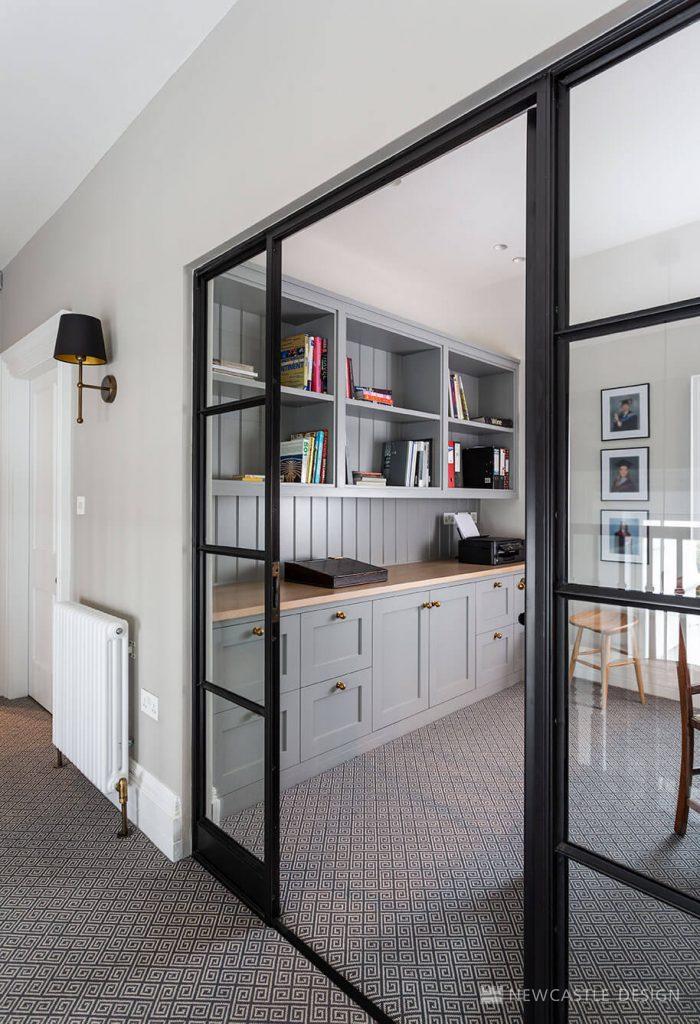

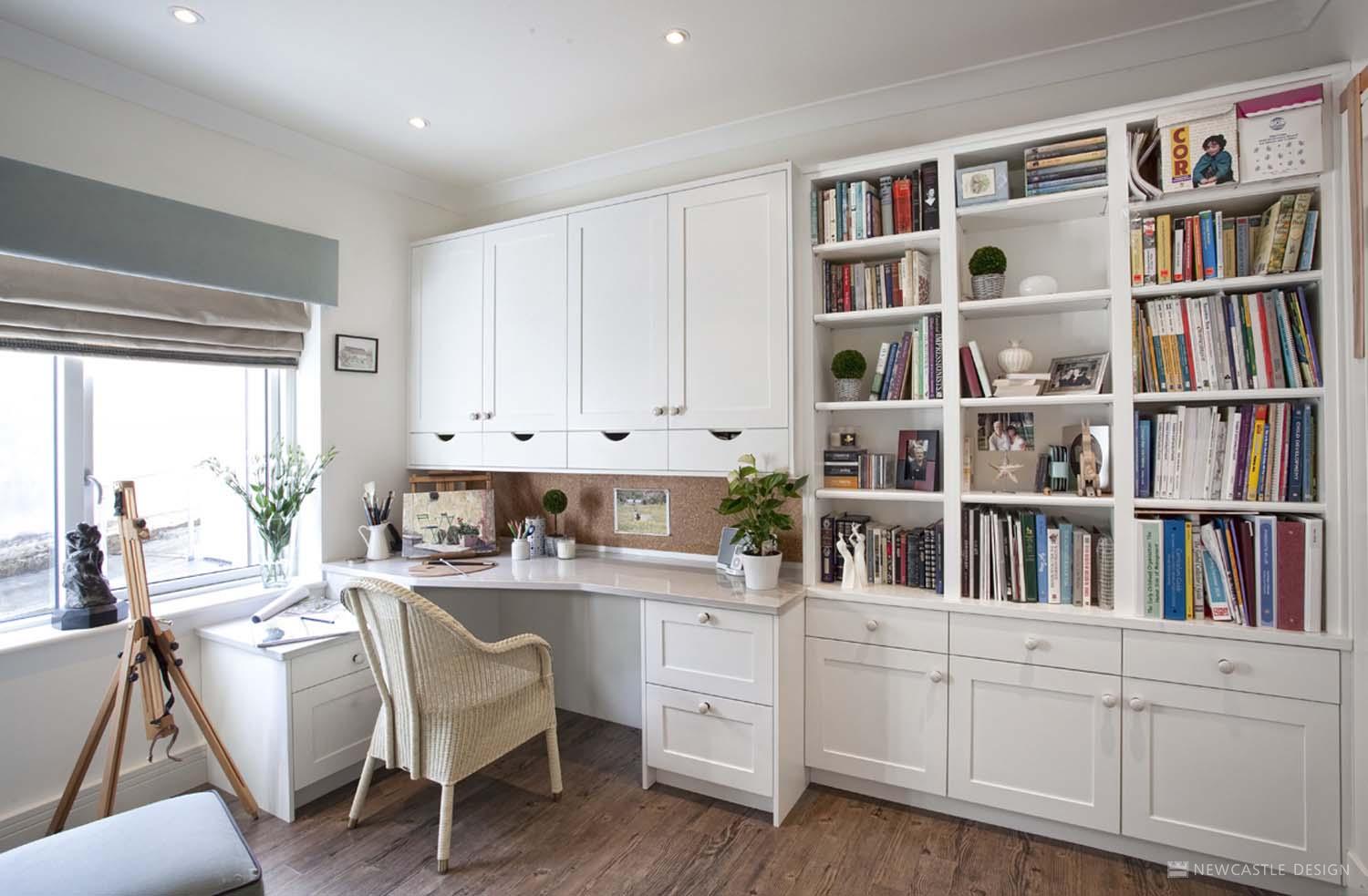
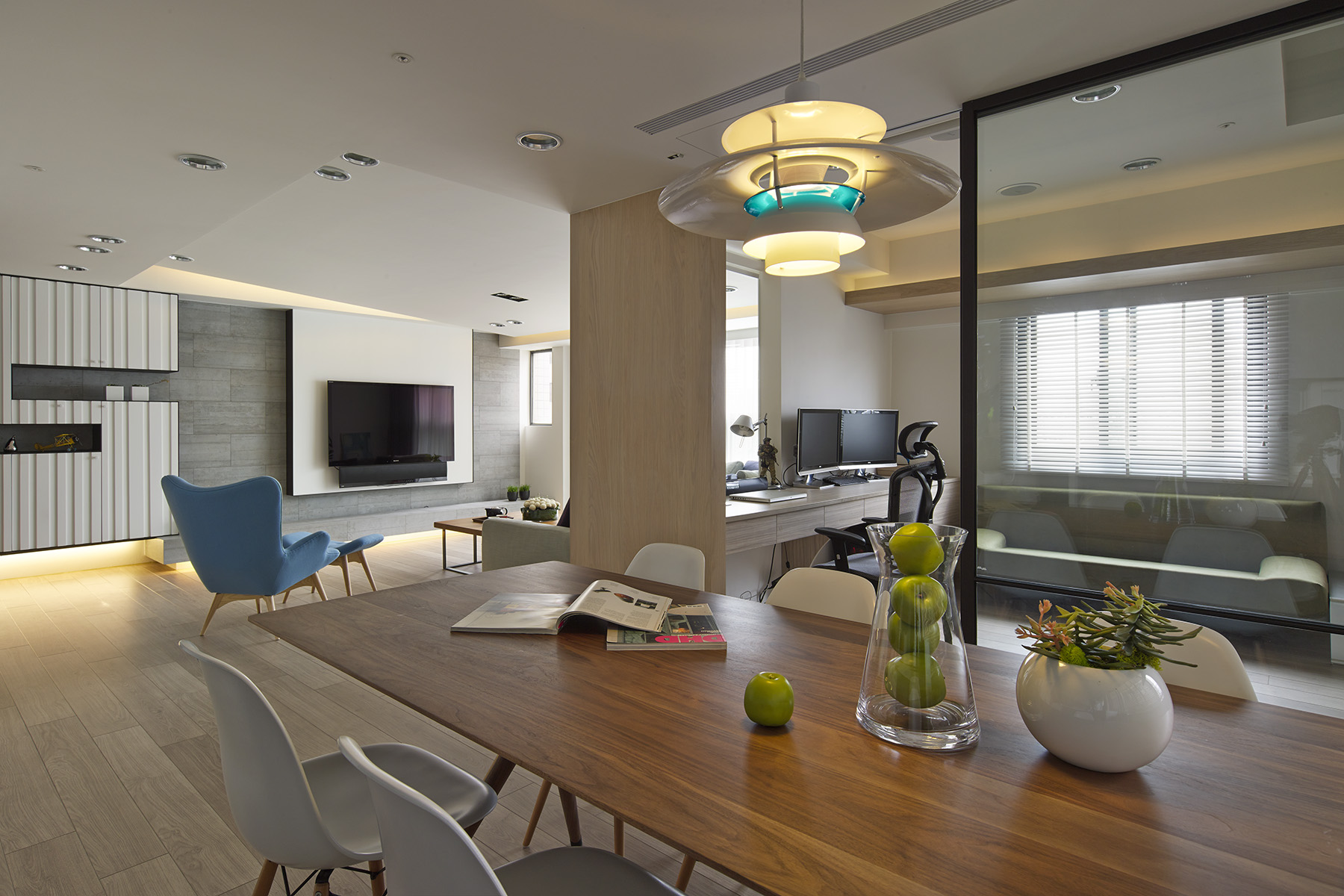
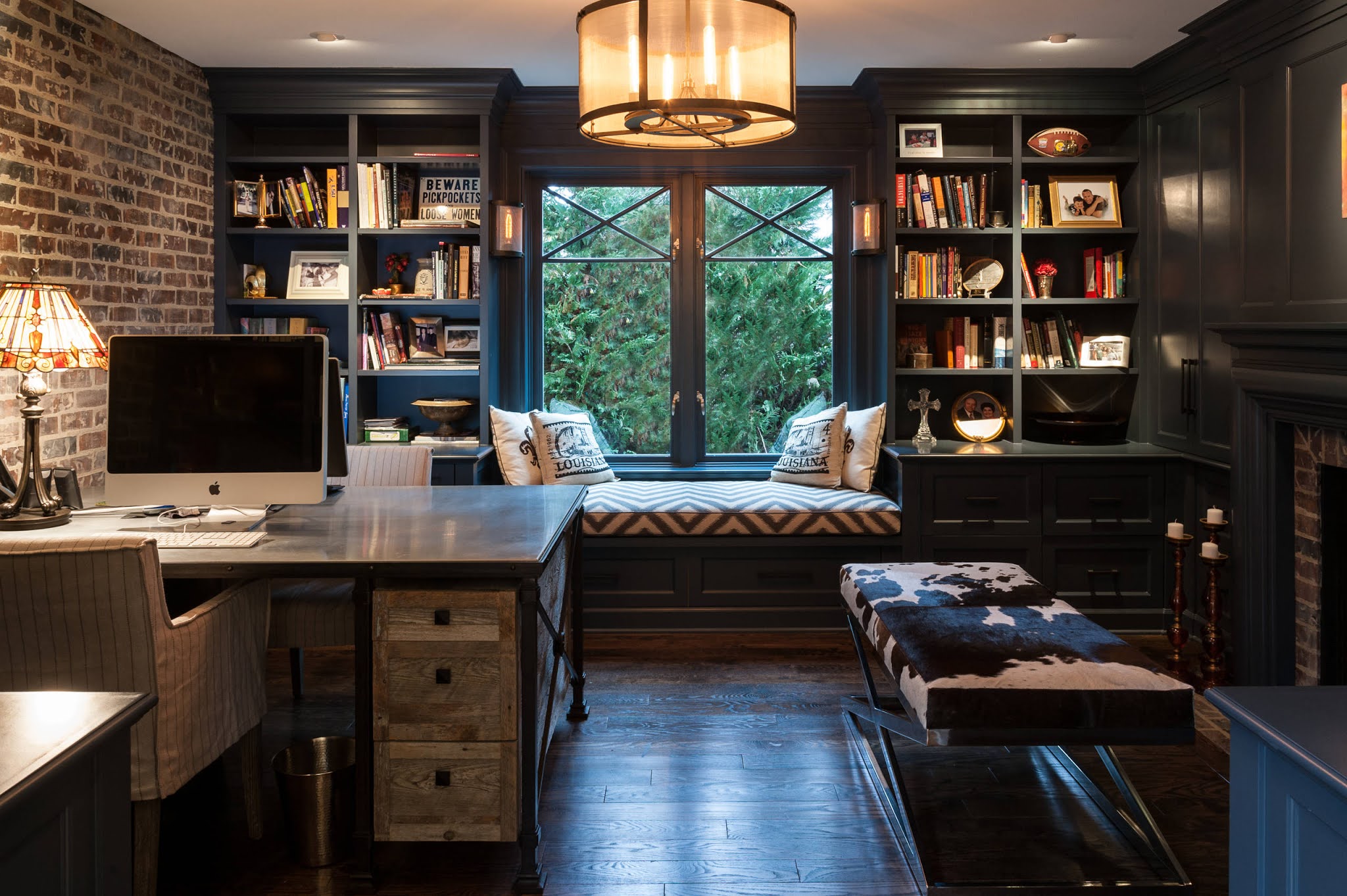


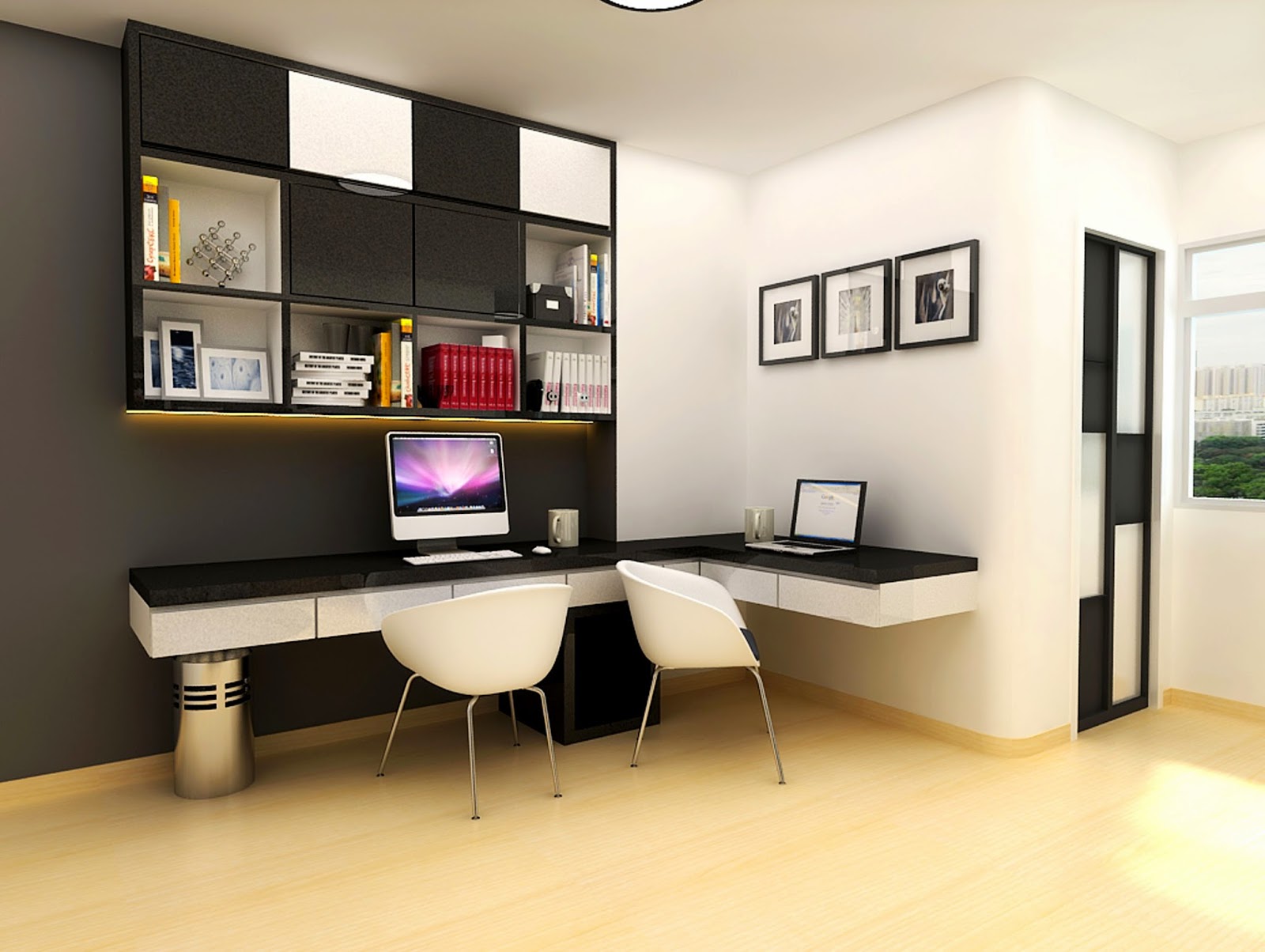















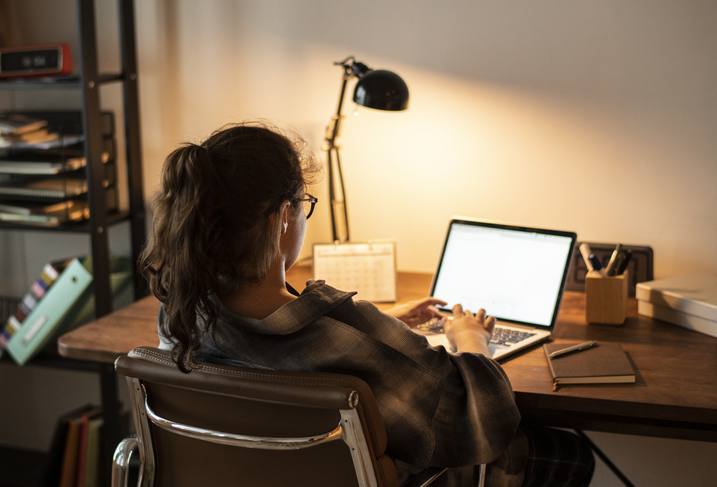


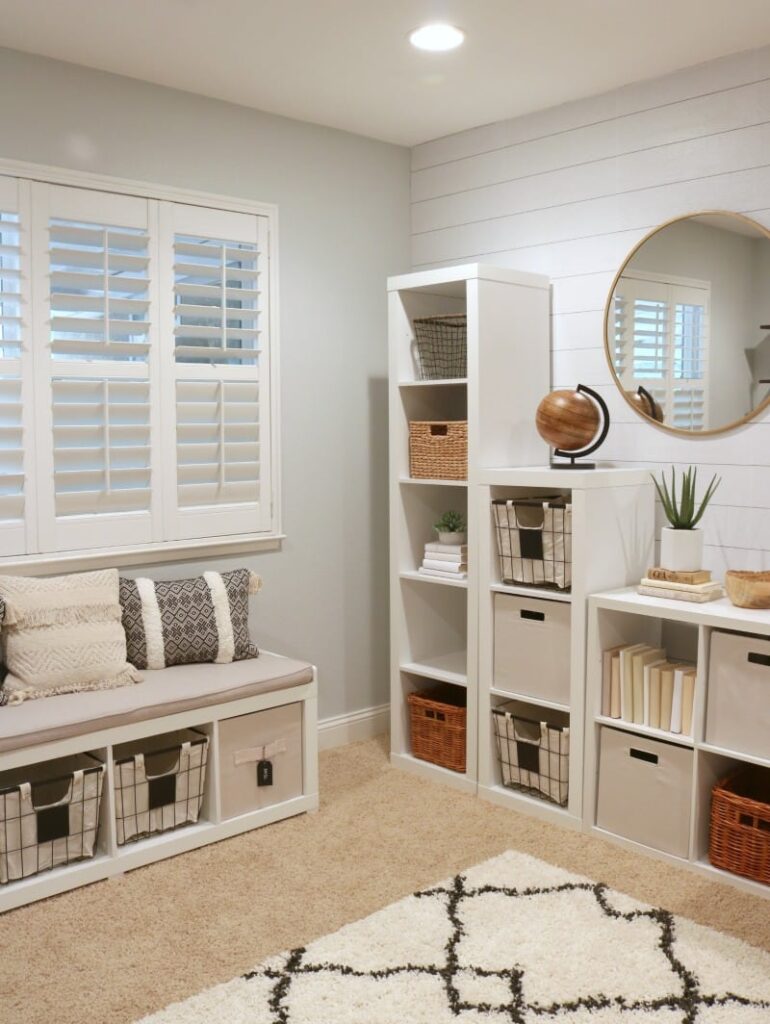
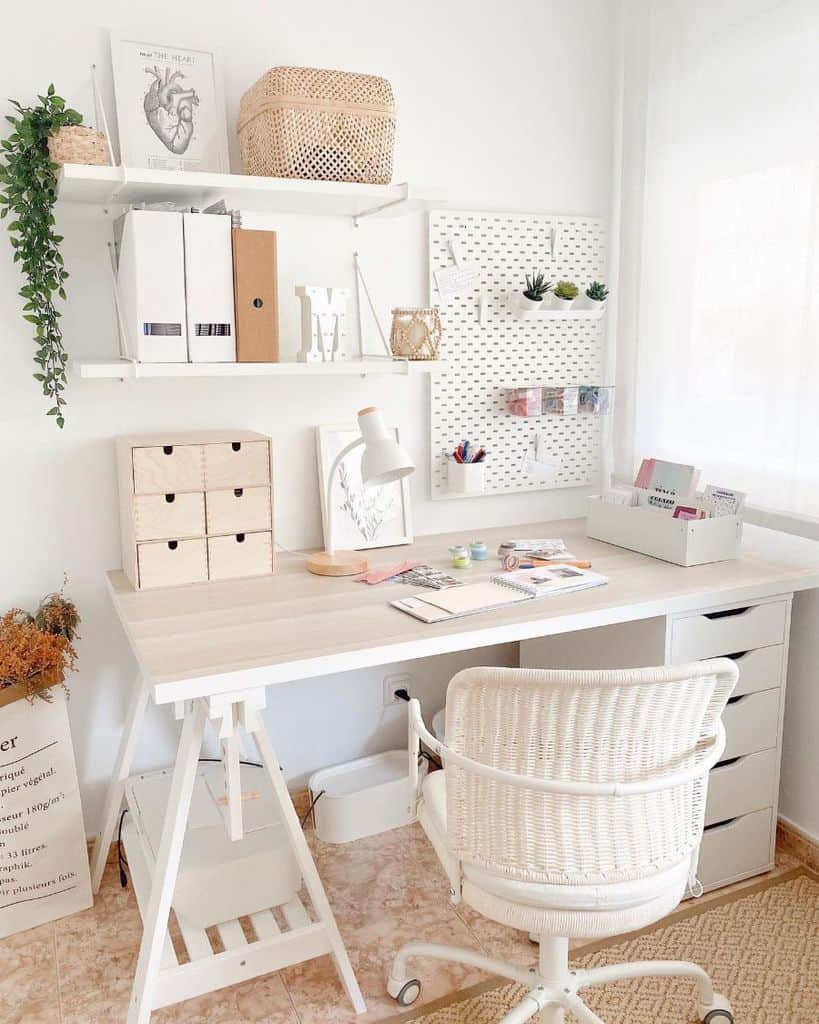
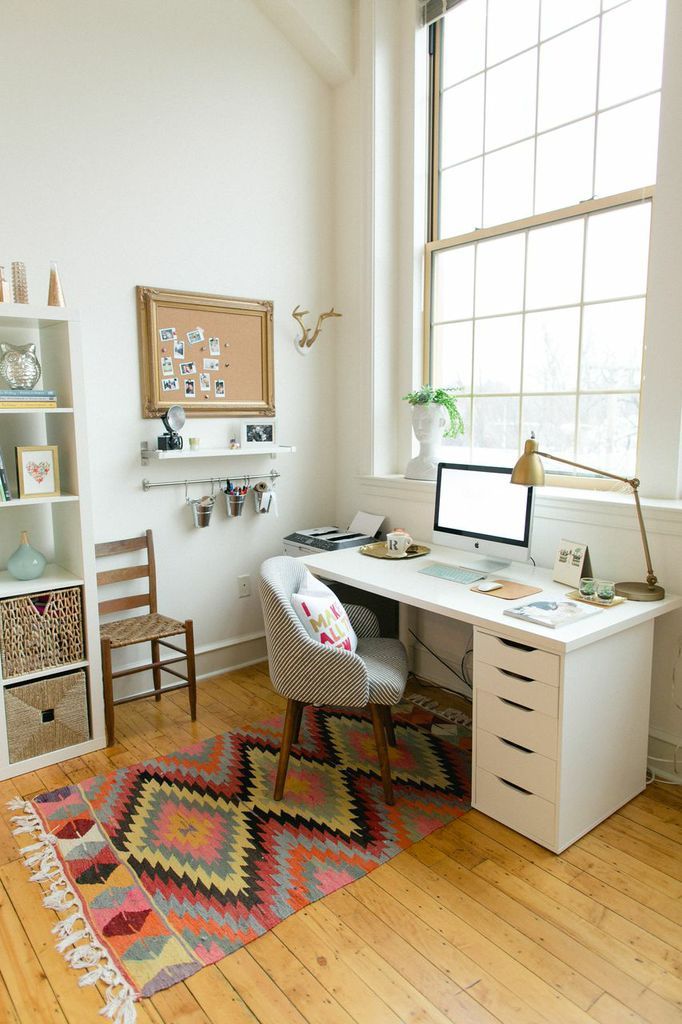
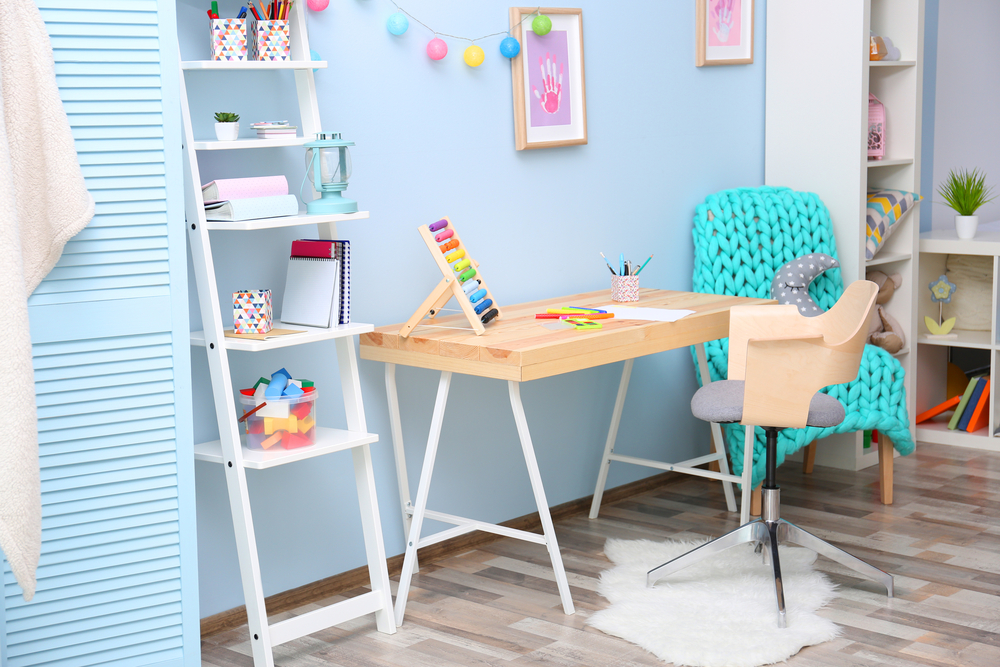
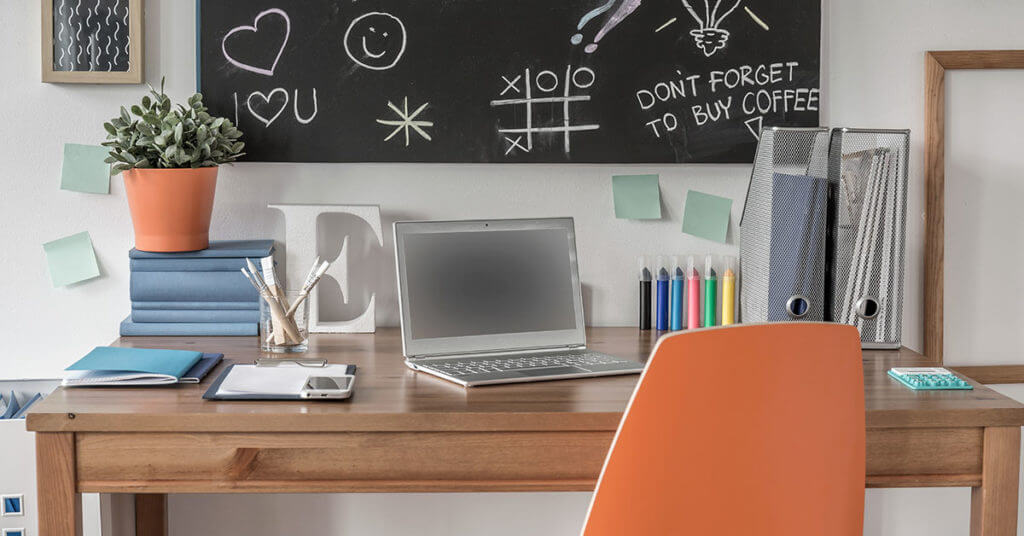



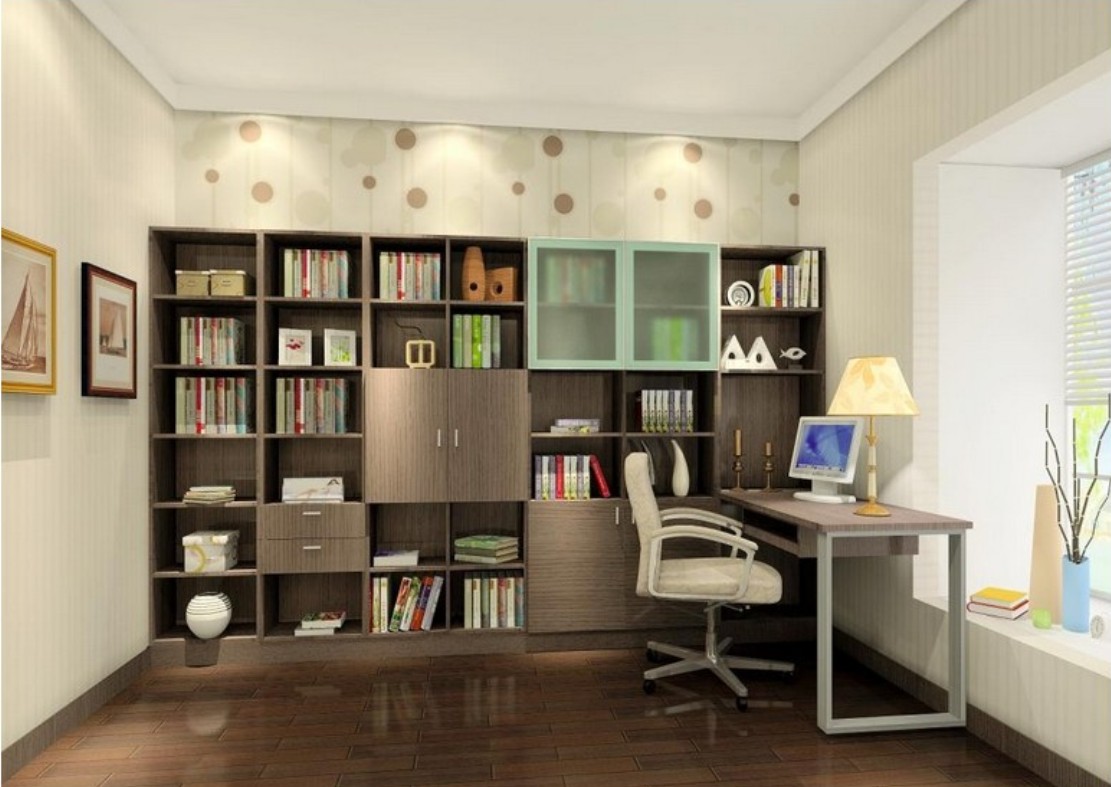


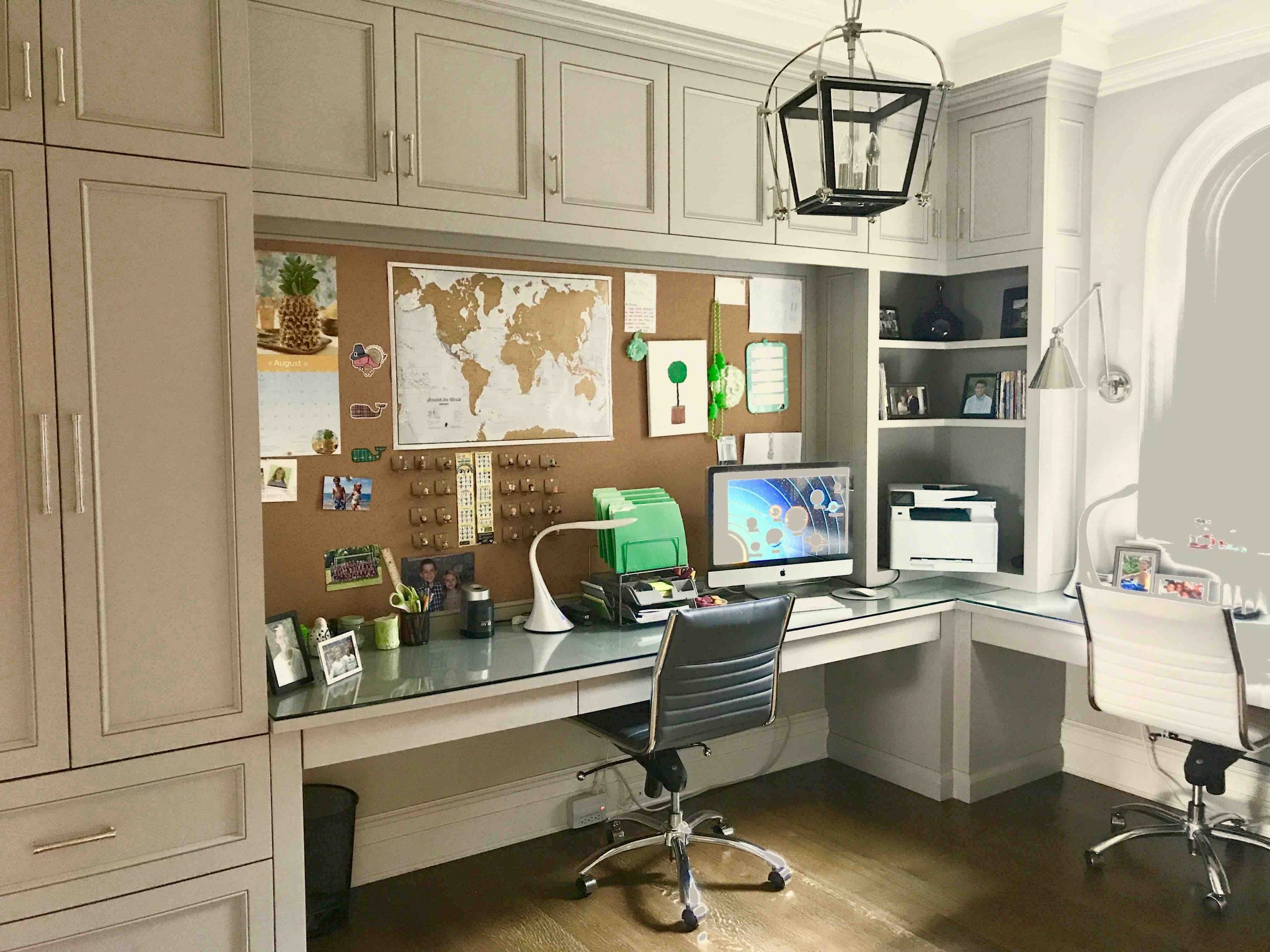










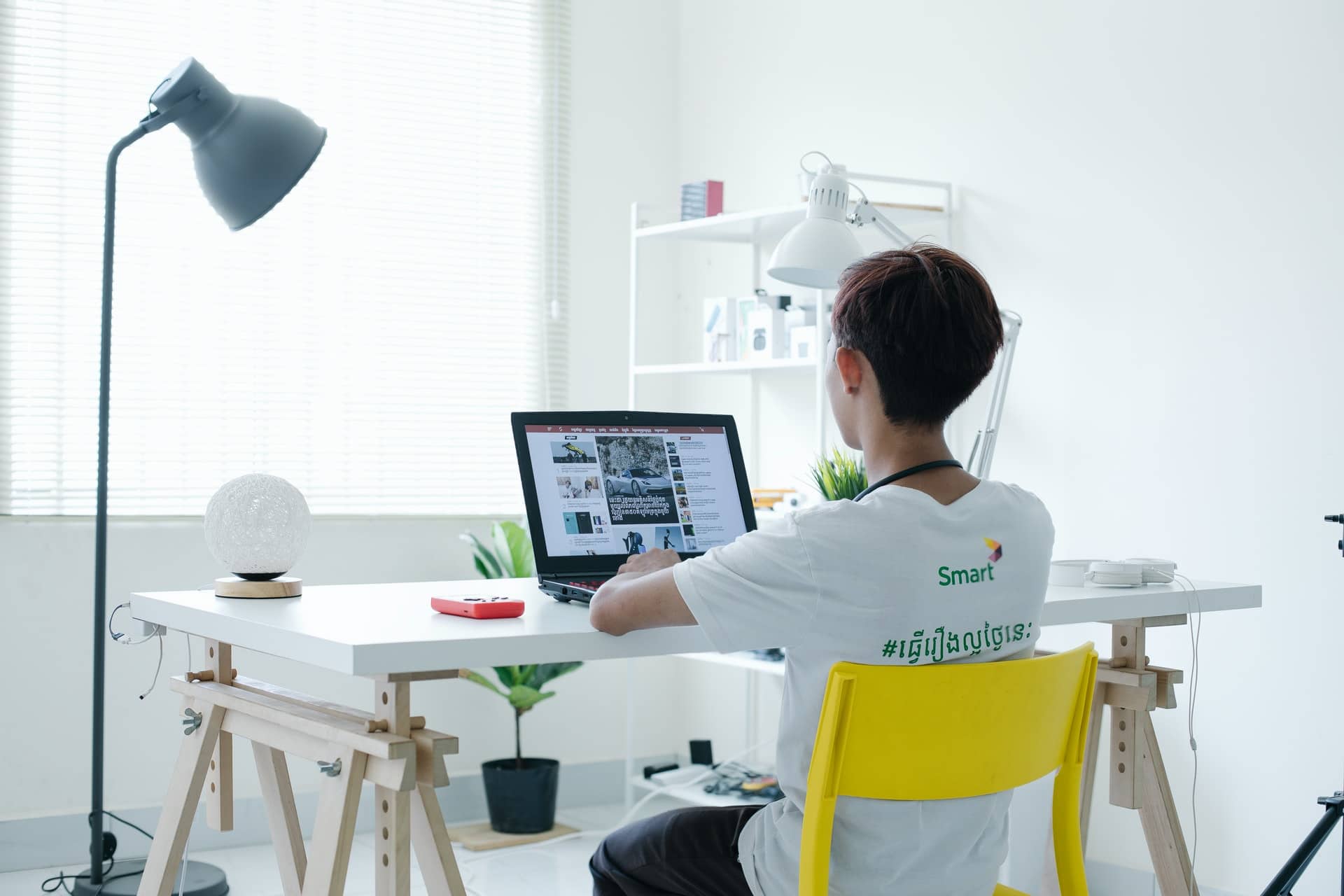



.jpg)


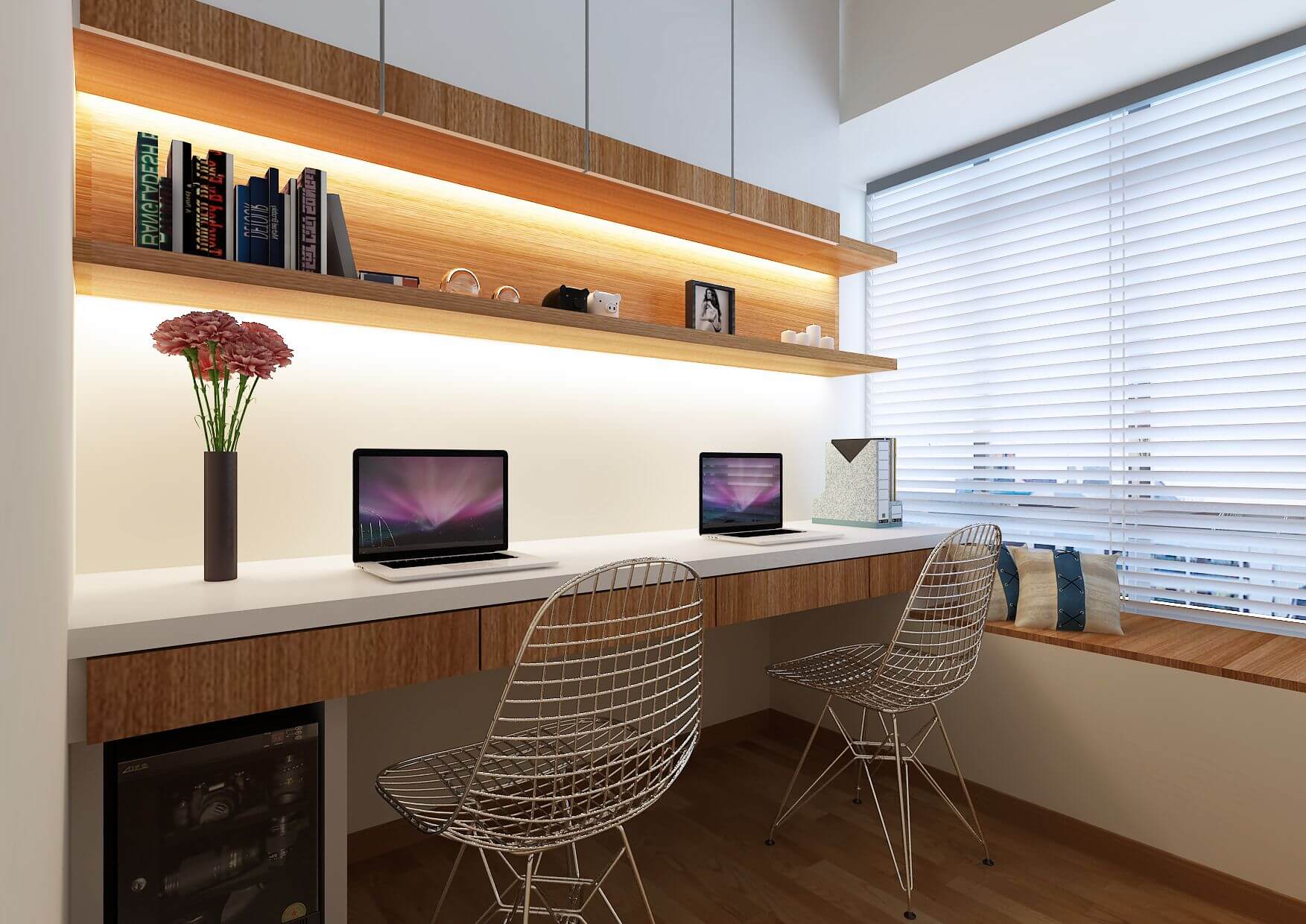







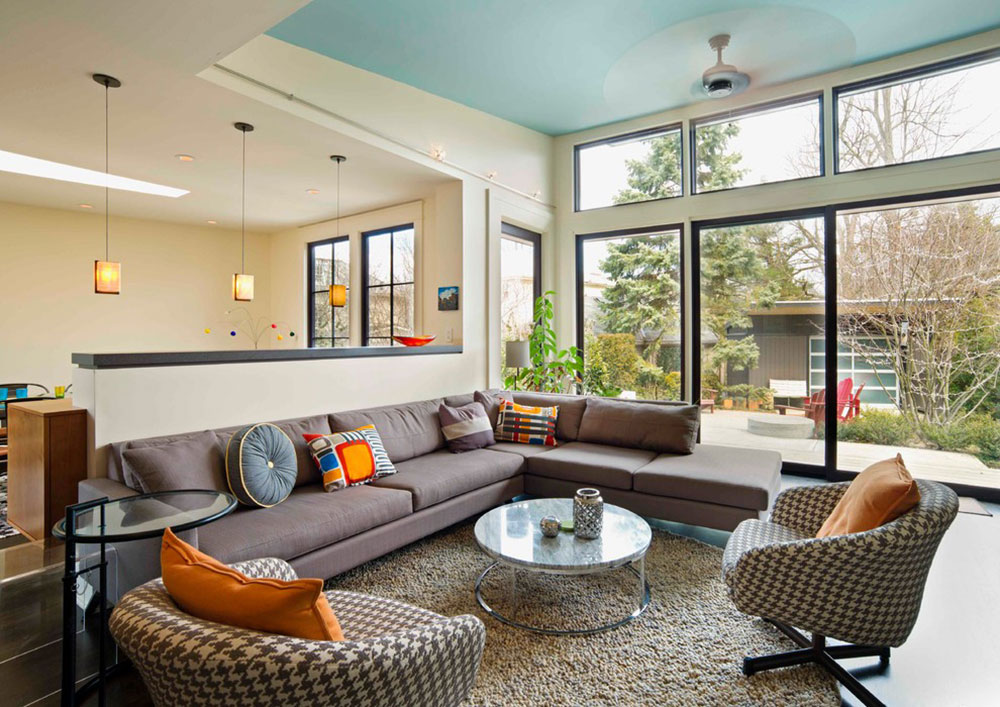














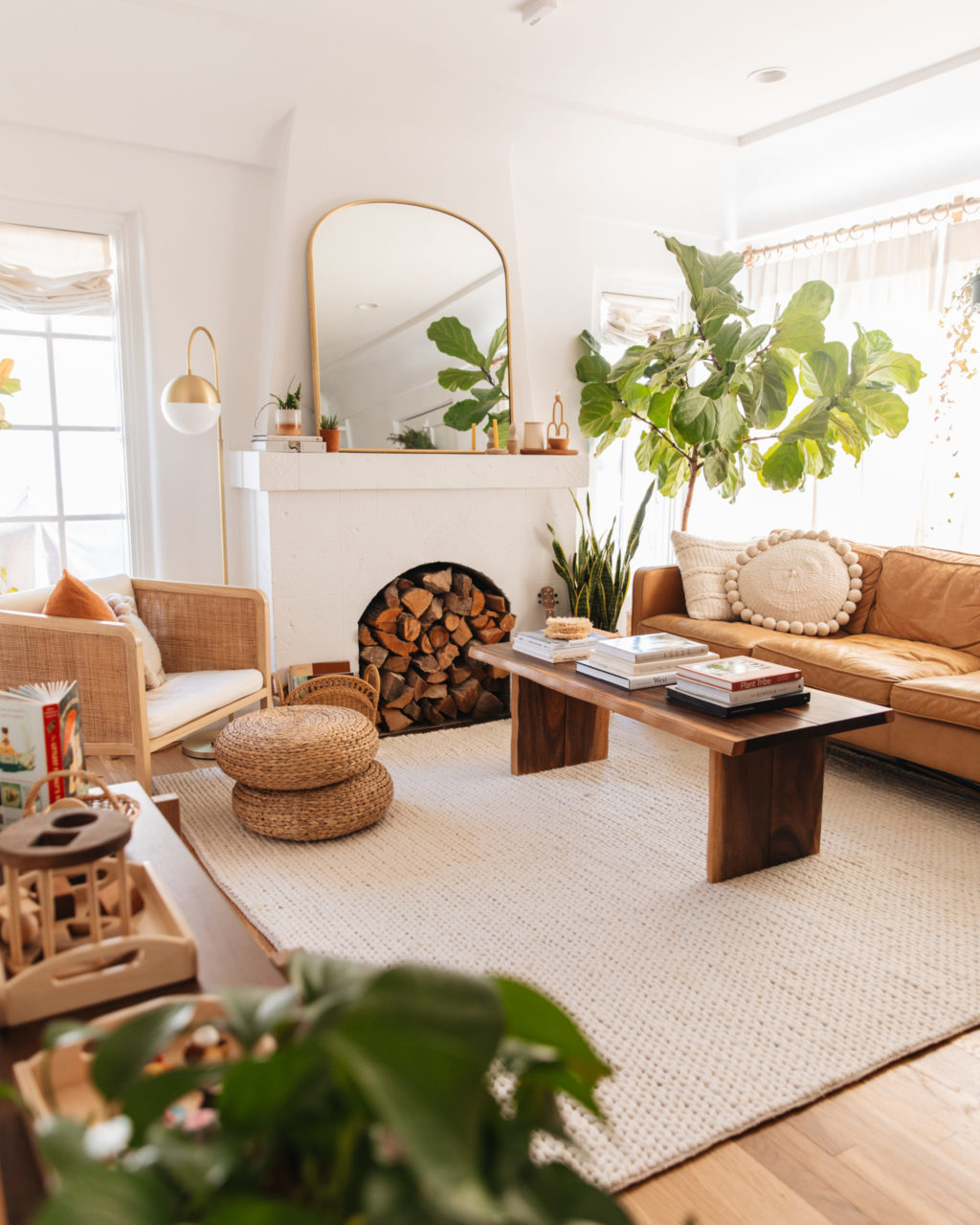
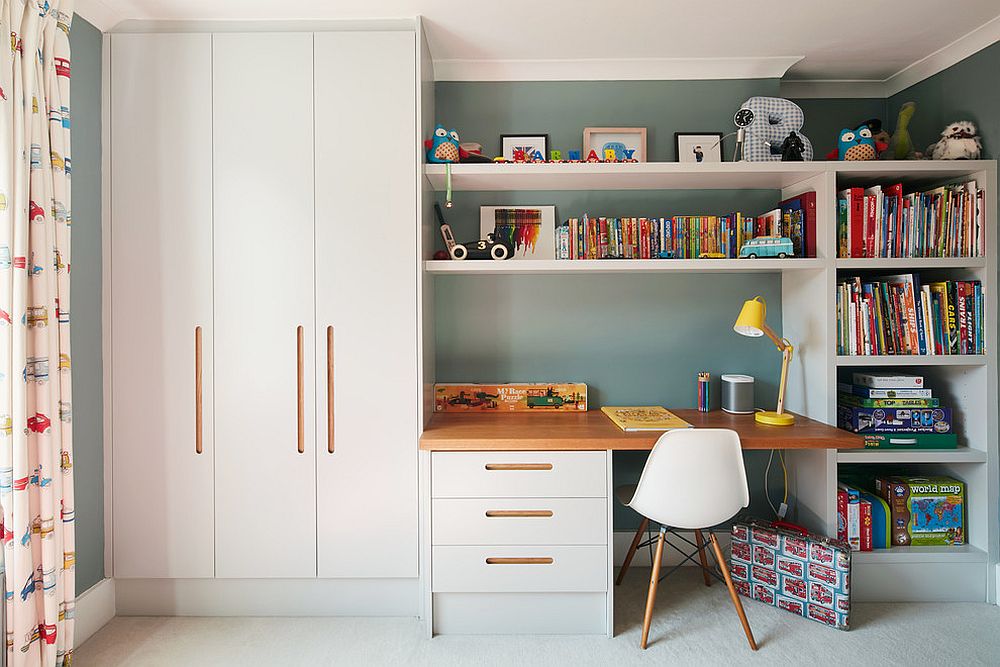

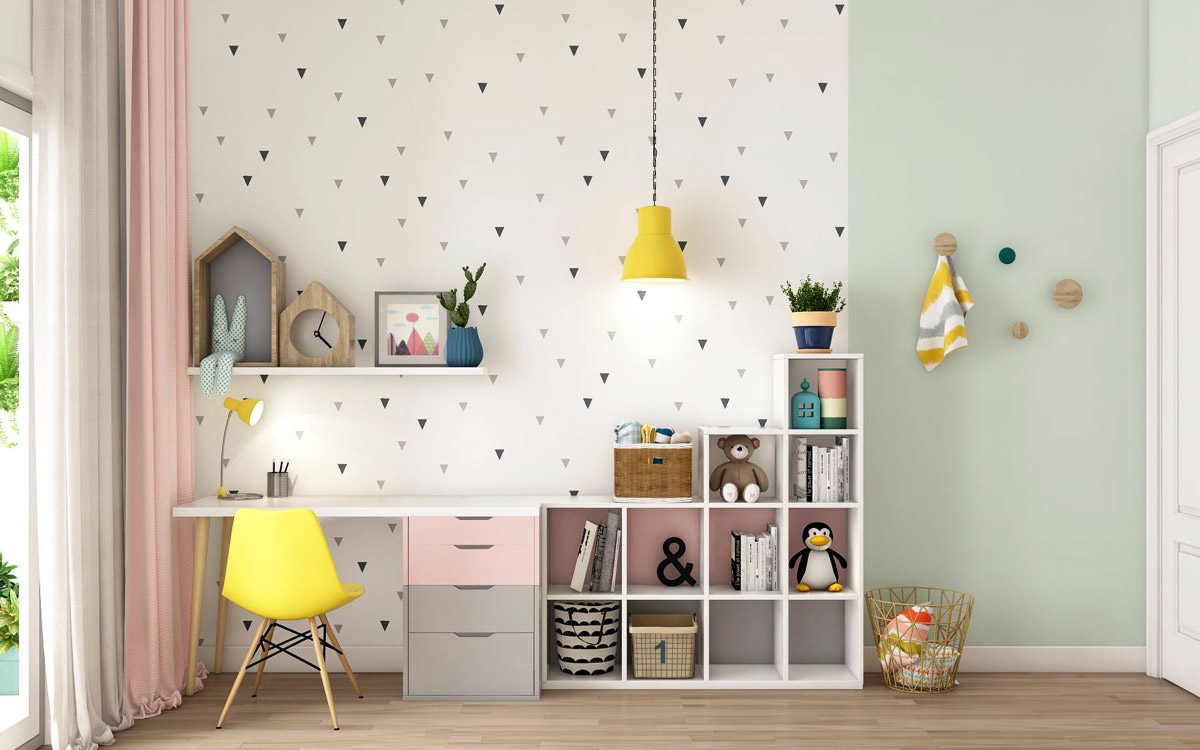

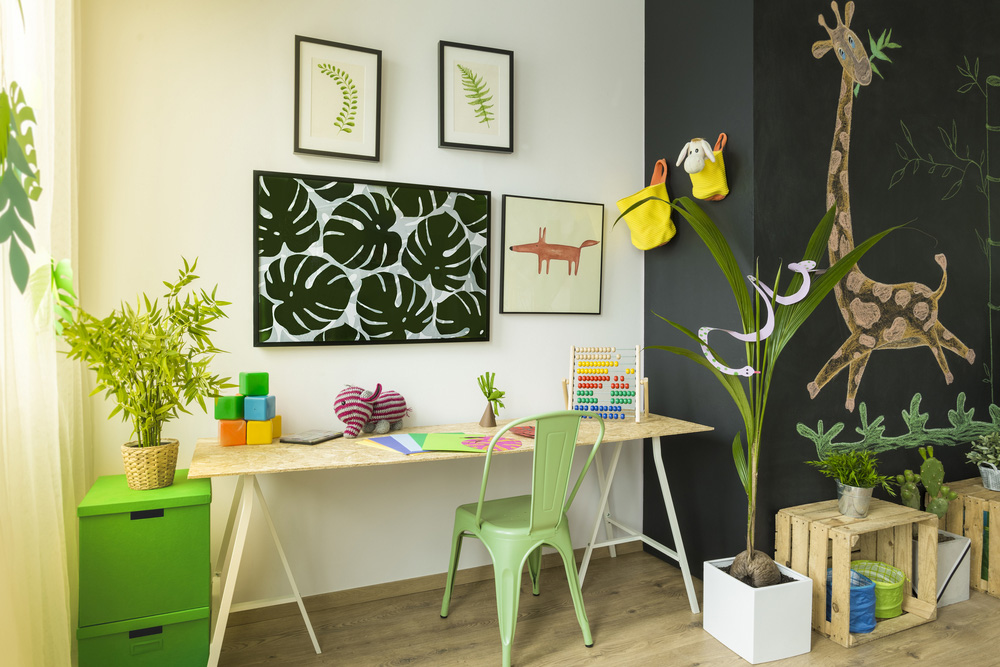

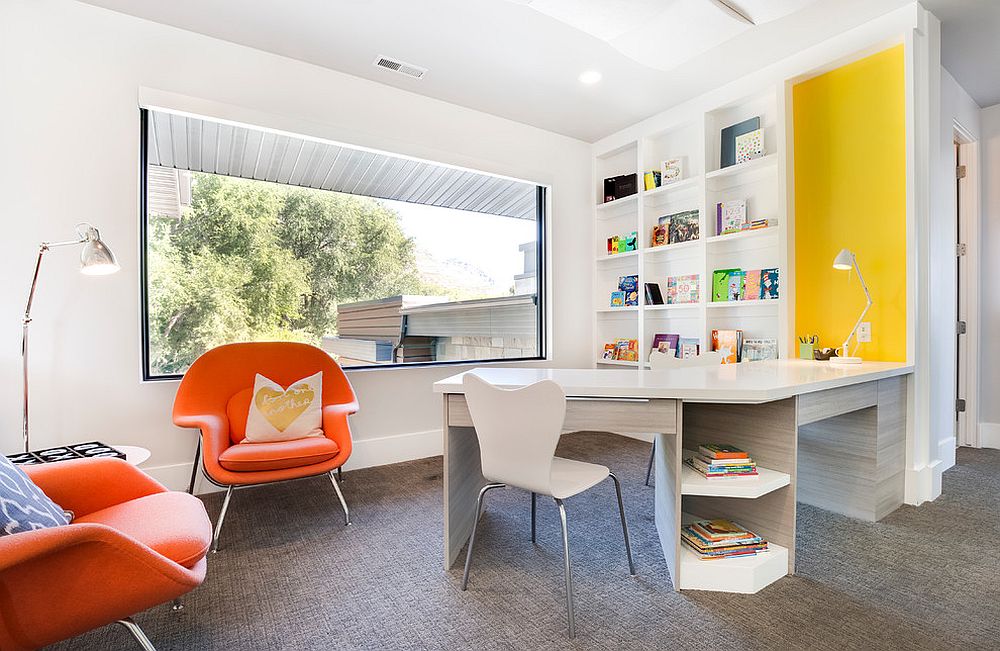










:max_bytes(150000):strip_icc()/BlueFrenchcountrybedroom-599f55c50d327a0010f7e44c.jpg)
